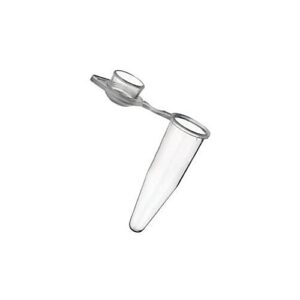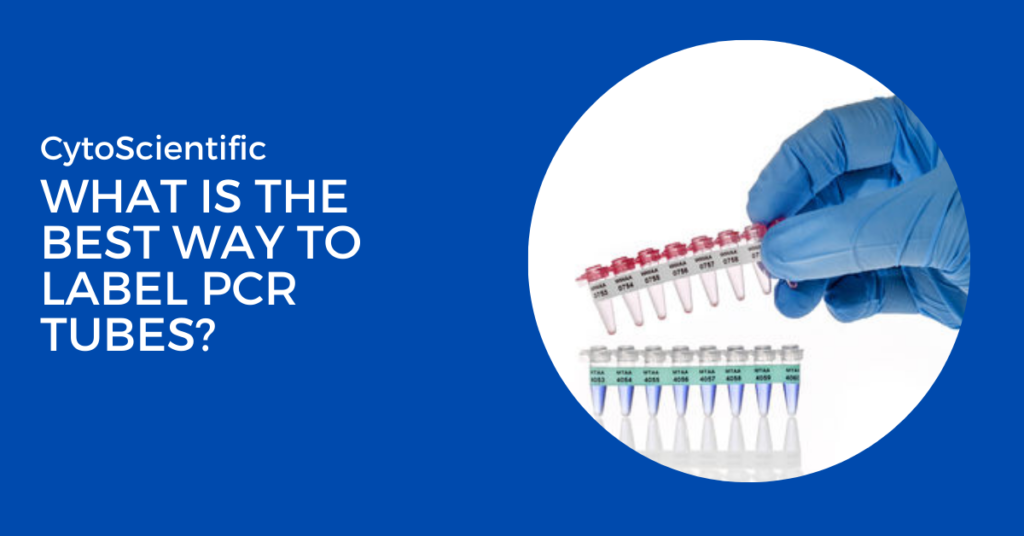Proper labeling of PCR tubes might seem like a small task, but it’s essential to the success of your experiments. Mislabeling can lead to sample mix-ups, wasted resources, and even inaccurate results. But how do you label something as tiny and heat-sensitive as a PCR tube? Let’s dive into the best methods and practices.
Understanding PCR Tubes
PCR tubes are small, typically made of thin plastic, and designed to withstand the extreme conditions of PCR thermocyclers. They are indispensable in molecular biology labs, housing samples for DNA amplification. Given their size and use in sensitive experiments, labeling them accurately is critical.

Characteristics of Ideal Labels for PCR Tubes
An effective label on a PCR tube should:
- Resist Extreme Temperatures: Labels need to survive freezing and heating cycles without peeling.
- Be Readable: Small fonts must remain legible under various conditions.
- Adhere Strongly: The material of the tube and the label should be compatible to avoid slipping or fading.
Methods of Labeling PCR Tubes
Pre-Printed Labels
Pre-printed adhesive labels are one of the most efficient ways to label PCR tubes, particularly in laboratories handling large sample volumes. These labels often include barcodes or QR codes, making them compatible with automated systems for tracking and inventory management. They are designed to withstand extreme temperatures, ensuring the information remains intact during freezing or heating cycles. While pre-printed labels provide a professional and standardized solution, they can be expensive and may require specialized printers or suppliers for customization.
Handwriting on Tubes
Handwriting directly on PCR tubes is a simple and cost-effective method, especially for labs with fewer samples. Using permanent markers with fine tips is recommended, as they produce clear text that is resistant to smudging and temperature changes. Lab personnel can use abbreviations to save space, ensuring the labeling remains legible despite the limited surface area of the tube. However, careful handling is necessary to prevent accidental rubbing or fading of the written labels.
Digital Labeling Solutions
Digital labeling systems, such as thermal transfer or laser printers, offer a high level of precision and consistency. These systems can print small, detailed text, as well as barcodes or QR codes, on adhesive labels tailored for PCR tubes. Digital labeling reduces the risk of human error and integrates seamlessly with laboratory inventory management software. However, implementing digital solutions requires an upfront investment in equipment and training, making them more suitable for medium to large-scale labs.
Color-Coded Labels or Caps
Color-coding is a practical method for quick sample identification without the need to read detailed text. Labs can assign specific colors to different experimental conditions, sample types, or storage dates. Adhesive color-coded dots or caps make this process straightforward and visually intuitive. This method is particularly useful in busy labs where immediate recognition of samples is necessary. While color-coding is effective, it may need to be combined with other labeling methods for more detailed identification.
Best Practices for Labeling PCR Tubes
- Use durable, temperature-resistant labels or markers suitable for laboratory conditions.
- Ensure labels are clear, concise, and legible to avoid misidentification.
- Opt for barcodes or QR codes for automated sample tracking when handling large volumes.
- Avoid labeling the cap alone; label the body of the tube for secure identification.
- Test labels or markers for resistance to smudging and chemical exposure.
- Use color-coding to quickly differentiate samples or experimental conditions.
- Standardize labeling practices across the lab for consistency and ease of use.
- Double-check labels before storing or processing tubes to ensure accuracy.
- Maintain an organized record or inventory corresponding to labeled samples.
- Replace worn or damaged labels immediately to prevent confusion.
Conclusion
Ensure precision and reliability in your experiments with our high-quality PCR tubes. Designed with clear labeling surfaces, they accommodate various labeling methods, including pre-printed labels, color-coded caps, and even engraving for permanent identification. Resistant to extreme temperatures and smudging, our PCR tubes are perfect for thermal cycling, long-term storage, and rigorous lab conditions. Simplify your workflow with durable, versatile, and easy-to-identify PCR tubes—your ideal partner in every experiment.

